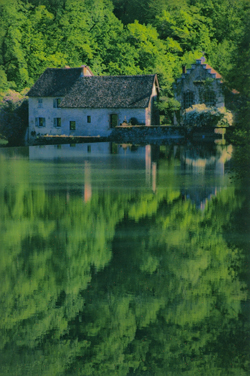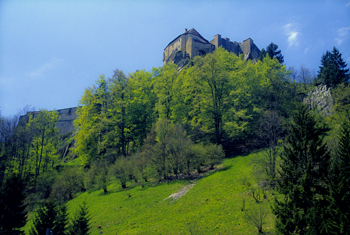Maps, Measures and Krypton Atoms: The weight of cartography

Last week I talked about the north and the impact of northern European perspective on the rest of the world. But other impacts of cartographers on human culture have perhaps gone less noticed. Case in point is the development of the metric measuring system and in particular the meter.
I grew up in Canada when the country was making the transition from Imperial (inch, foot, yard) measures, to the metric system. All I knew was the meter was a problem I had to solve and it’s interesting because I still think in both systems, flipping between the two much like a person who speaks multiple languages. At the time of the conversion there was much bemoaning the triumph of this foreign system no one in the public understood or knew anything about, but the meter grew out of science and at its heart, it arose from cartography.
The metric system was developed in France at the end of the 18th century in response to a burgeoning plethora of measuring systems that differed across each province in that country. Consider the toise, for example, which measured about 6 French feet (which were longer than Imperial feet – go figure). The trouble was, most measures grew out of some local whim, much like the yard (originally the length of a sash used by Saxon Kings, and then the distance from the tip of King Henry the First’s nose to the end of his thumb). The toise supposedly was half the width of the Louvre’s main gate.

But these unscientific (and in France, inconsistent) measures made it impossible for scientists from different jurisdictions to talk to each other, and difficult for maps created in different jurisdictions to be amalgamated into a larger map of France. As a result, in 1790 the French Academy of Science, at the request of the French government, embarked on a search to create an invariable standard of measurement and weight. They chose to create a measurement that would be one ten millionth of the meridian distance between the North Pole and the equator and measures of weight were to be developed from the unit of length. The name to be given to the new measure was metre or meter, derived from the Greek work metron, meaning ‘a measure’.
The trouble was, after the decision, they had to determine how long the meter was. They had tentative data about the meridian distance from the North Pole to equator due to earlier surveys, but they needed more accurate data and decided to run a survey between Dunkerque and Barcelona – a portion of a single meridian. The political and social instability in France at this time made the feat more difficult than it sounds. The surveyors, strangers, were often mistaken and arrested as spies because of their strange instruments and white surveyor flags that happened to be a royalist color (remember the French revolution). Eventually they completed their survey and the academy prepared a platinum bar the length of a standard meter to establish this length. This changed the estimated length of the meter by less than 0.3 millimeters, indicating how accurate previous surveyors had been.

From this, the weight of a cubic centimeter of water became a gram, a cubic decimeter became the liter Canadians and much of the world use for fuel and milk today. For France’s issue with inconsistent measures was also an issue across the globe. In 1875, twenty nations met in Paris to adopt the Convention of the Meter and it is the measure of science around the world. But the meter still had one final change to make. In 1960, to increase the meter’s consistent length (remember how the curve of the world and the thickness of its crust impact measurements) the definition of its length changed to the length of a certain number of wavelengths of light emitted by krypton atoms. Thankfully, this didn’t mean any real change in its length.









